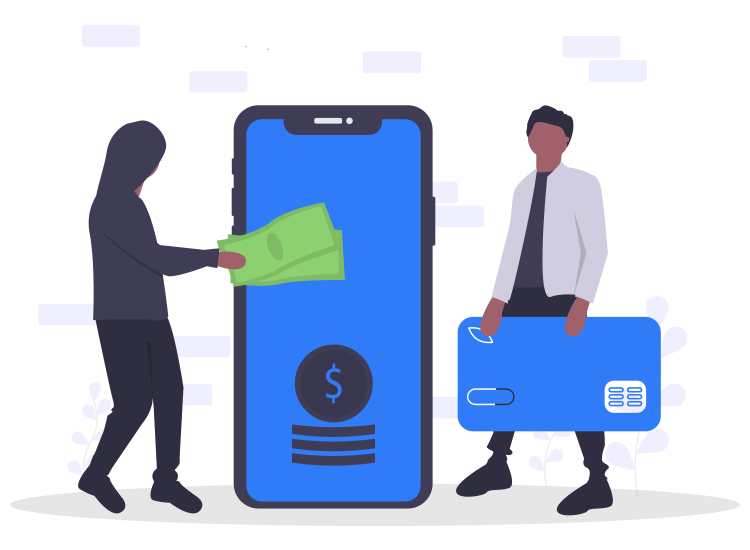
Would you leave your card or money out in the open to be looted? No, that’s right! So, let’s try to understand how to protect your money from card skimming attacks.
In this era of the modernized banking system, monetary transactions are mainly conducted either with the help of debit cards or credit cards, other than online banking methods and digital payment methods.
Exploiters and criminals may try to obtain your card information via a technique known as “skimming.”
Here are the top-four credit and debit card skimming attacks affecting businesses, financial institutions and their customers in the US:
- Hand-Held POS Skimming – Involving staff who carry a hand-held skimmer device to copy the card data while processing the card through the POS machine.
- POS Swaps – This involves swapping of an existing POS device at the retail stores by fraudsters with a faulty device that has been already manipulated to steal card information.
- ATM and Unattended Self-Service Terminal Skimming – This is done by placing skimming devices over the ATM’s card reader.
- Dummy ATMs – These are fake ATMs placed in high-traffic areas to collect card data and PIN details.
How are skimming attacks carried out?
Criminals can easily hack databases to obtain the credit and debit card numbers used at ATMs for cash withdrawal purposes. Alternatively, they use skimming devices to acquire card details from ATMs and POS devices.
There are two ways to carry out a skimming attack:
- Firstly, once a card is swiped at the ATM, an already placed skimmer device on the face of an ATM machine records the card details. Also, a hidden camera in the security mirror or brochure holder captures the ATM PIN.
- In the second scenario, a dummy ATM is rigged and placed in a populated area to capture card data but not dispense cash.
Types of skimming devices:
- Card reader overlays
- Hidden cameras
- PIN-capture overlays
- ATM faceplates
How to protect your money from card skimming attacks?
- Scrutinize the ATM to check for card sliders, loose wires, tiny holes, scratches, tapes, or anything that looks suspicious.
- While entering the debit card PIN, hide the keypad.
- Verify the monthly credit card and debit card statements to check for any anomalous transactions that you do not remember conducting.
- Avoid using ATMs at bars, restaurants, gas stations, and POS devices at retailers.
- Choose well-lit ATMs in areas that are well guarded with security cameras.
- Use ATMs that are attached to a bank branch as they are usually well-guarded.
So, you now know what are card skimming attacks and how to protect your money against them.

